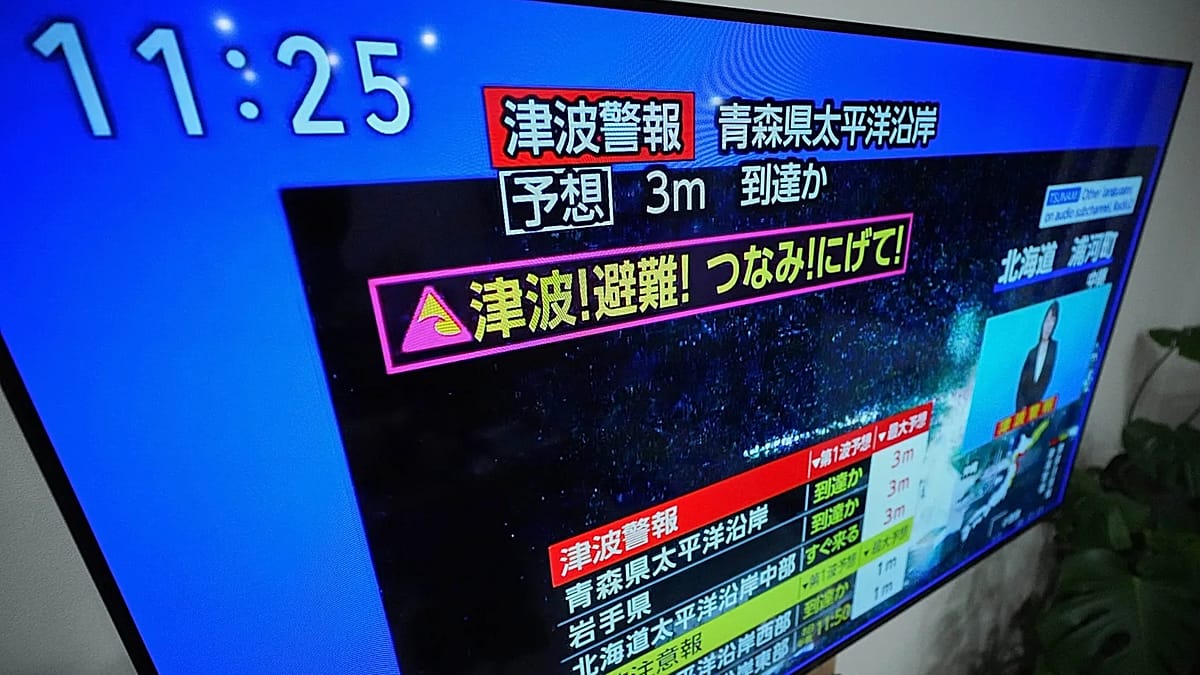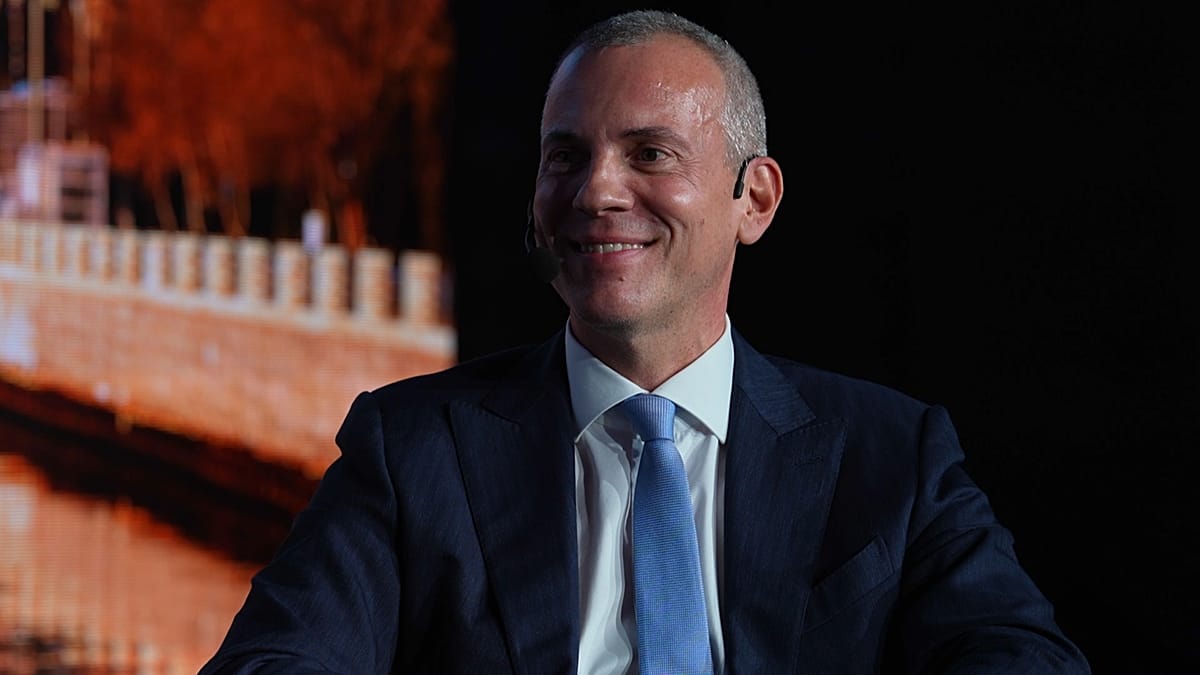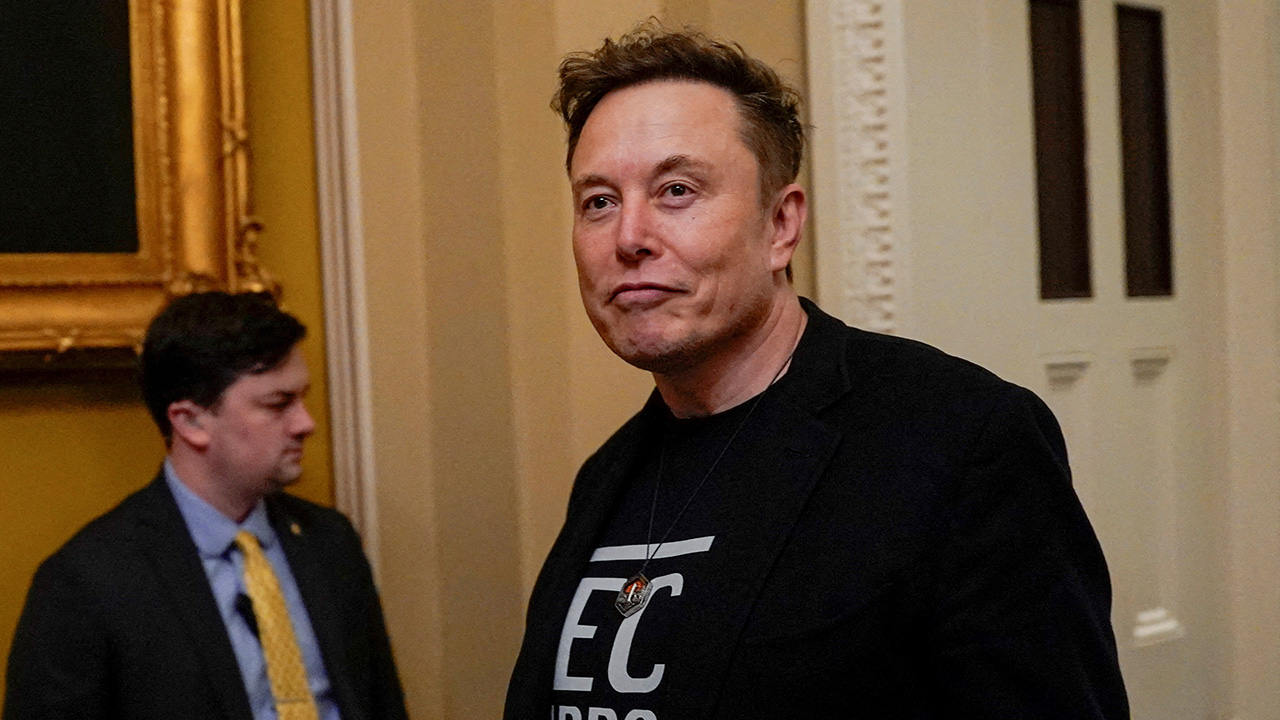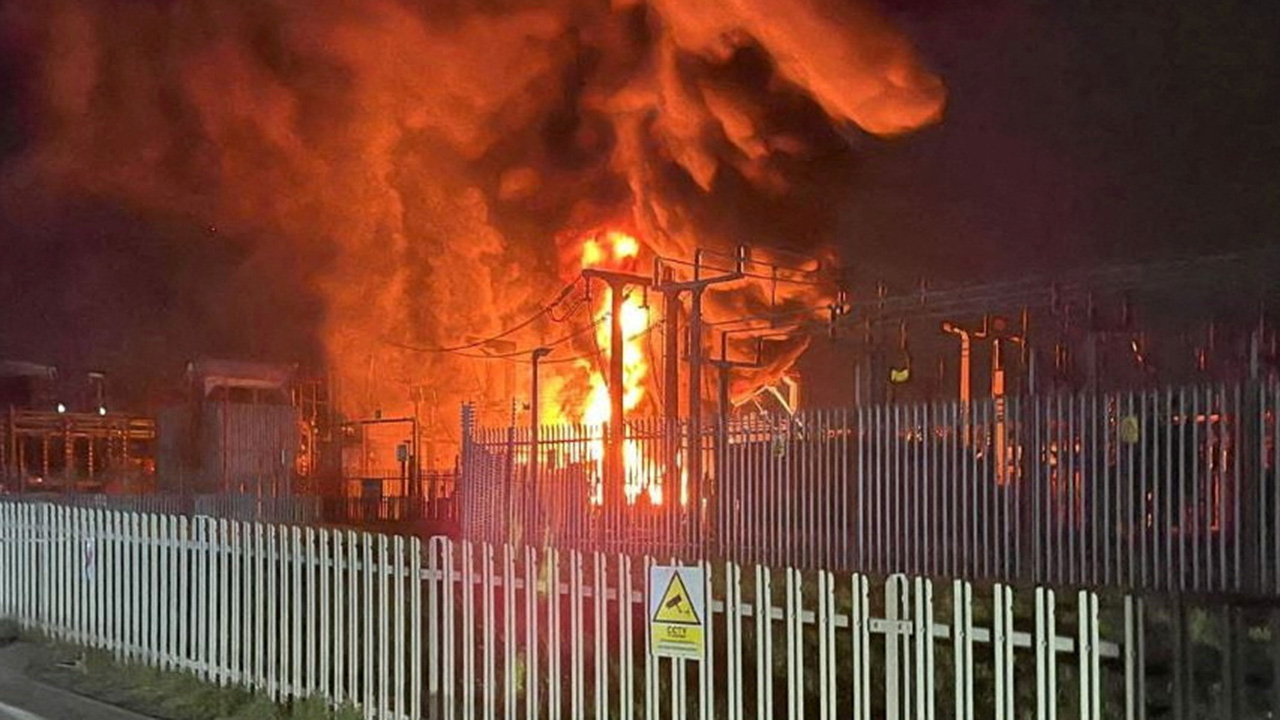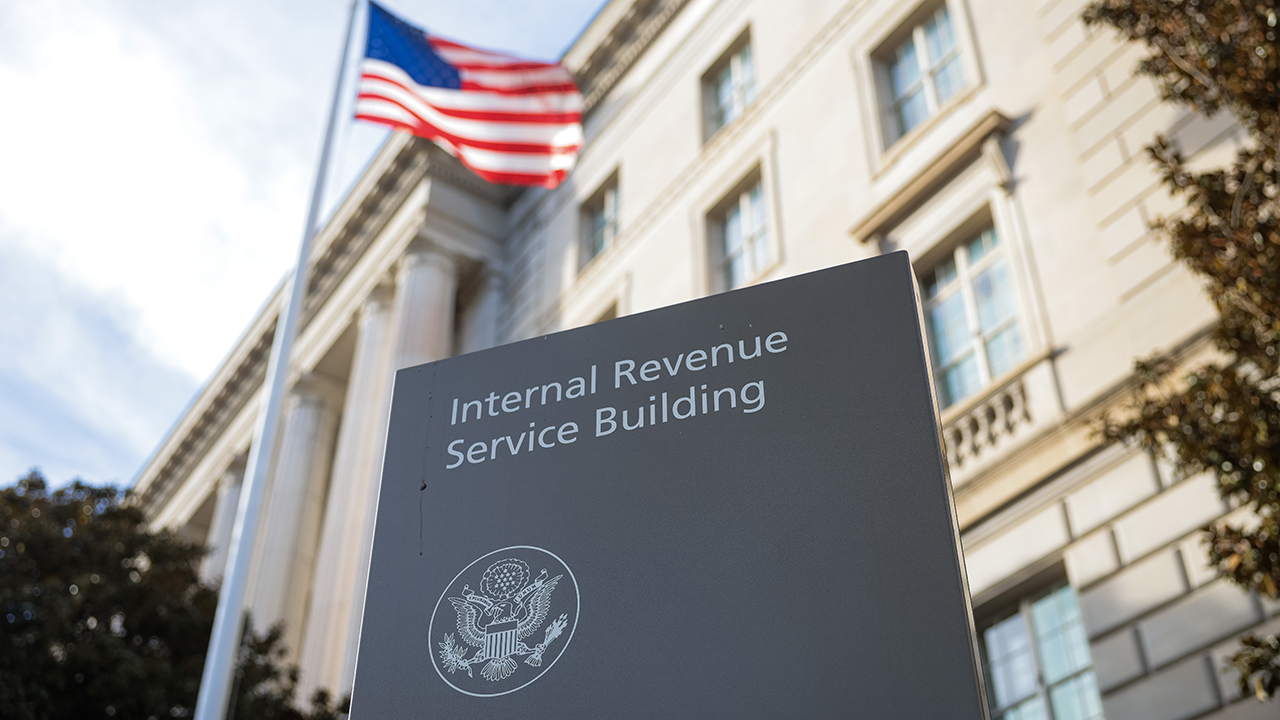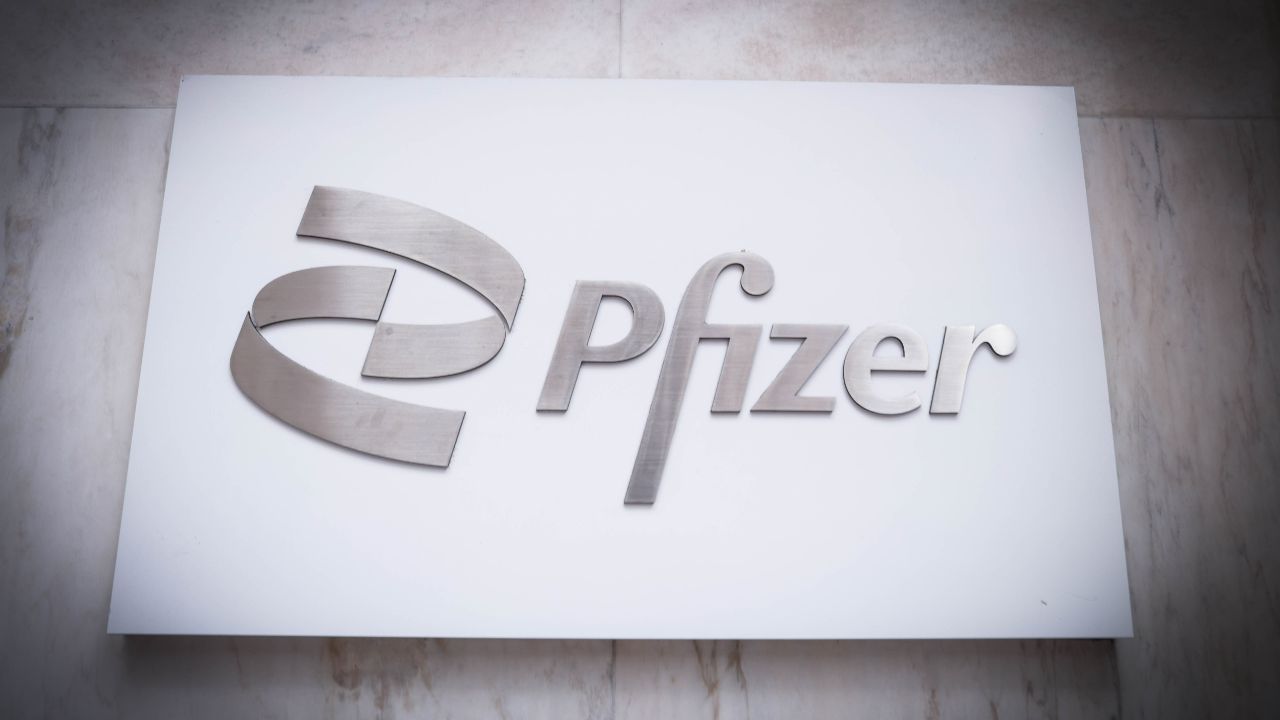Copper Climbs to Record High as Supply Fears Grip Global Markets
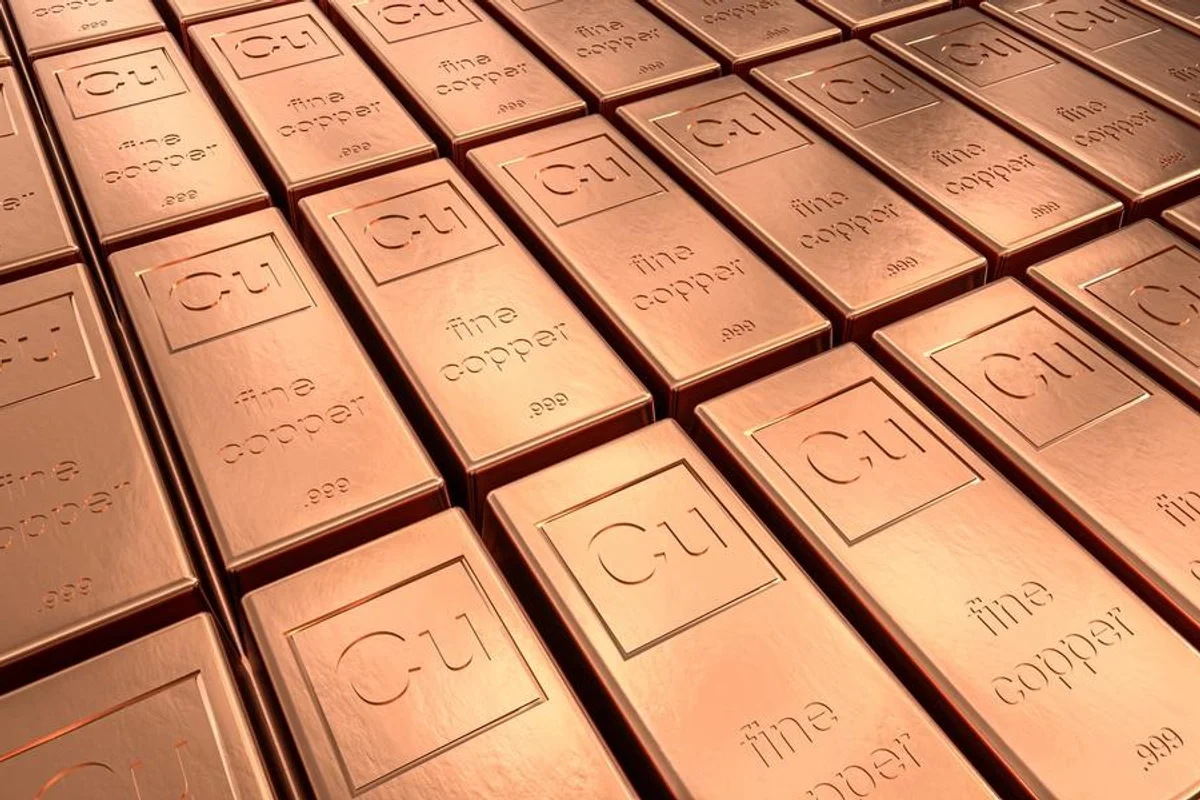

Copper prices surged to record highs this week, driven by renewed anxiety over global supply shortages and resilient industrial demand from energy transition sectors. The rally underscores how a metal once viewed as a cyclical barometer of economic health has become central to the structural shifts reshaping global manufacturing, electrification and infrastructure investment.
After months of steady gains, benchmark copper futures briefly crossed an all-time high, prompting traders to reassess assumptions about long-term availability. What began as a market rebound fuelled by optimism around Chinese stimulus and Western infrastructure spending has now turned into a scramble for physical supply.
Tight Supply Meets Relentless Demand
At the heart of the surge lies a widening imbalance between production capacity and consumption. Mine output has been disrupted by operational challenges in South America, the world’s largest producing region, while several expansion projects have faced delays amid rising costs, water shortages and stricter environmental rules.
The resulting squeeze has left smelters and refiners struggling to secure adequate feedstock. For the first time in years, traders report premiums for immediate delivery well above normal levels, a sign of scarcity in the physical market. Stocks held in major exchanges have dwindled to multi-year lows, amplifying the sense of urgency among manufacturers seeking to secure long-term contracts.
At the same time, demand from the clean-energy sector continues to climb. Copper’s conductivity makes it indispensable in electric vehicles, renewable-power installations and grid upgrades. Analysts now estimate that green-energy infrastructure alone will account for a growing share of incremental demand over the coming decade. The combination of short-term scarcity and long-term structural growth has turned copper into one of the most closely watched commodities in the world.
Market Dynamics Shift from Cyclical to Strategic
For much of the past century, copper prices mirrored the rhythm of industrial cycles — rising in booms and retreating in downturns. That pattern is breaking down. What today’s rally reflects is not simply economic momentum but the strategic repositioning of supply chains around the energy transition.
Governments and corporations alike are competing to secure raw materials essential for electrification. The result is that copper is increasingly treated not merely as a metal but as a strategic asset, akin to oil in the previous industrial era. Producer nations such as Chile, Peru and the Democratic Republic of Congo are asserting greater control over mining operations, revising royalty frameworks and renegotiating licences to capture more revenue.
These moves, though politically popular, have contributed to investor caution and project delays. In parallel, Western miners are facing higher costs of capital and environmental scrutiny, while resource nationalism is rising in some jurisdictions. The paradox is that the very policies intended to encourage sustainability may be constraining the production needed to meet it.
Inflation Hedge and Investor Magnet
Financial investors have also played a growing role in copper’s ascent. With inflation still sticky and interest rates nearing a turning point, funds are once again treating industrial metals as a hedge against monetary uncertainty. The recent wave of commodity-linked exchange-traded products and speculative inflows has amplified price moves beyond what fundamentals alone might justify.
For traders, volatility has become the new constant. Day-to-day swings are increasingly driven by positioning on futures exchanges rather than shifts in physical demand. Yet the underlying narrative — scarcity amid surging electrification — continues to dominate sentiment. Some market participants warn that without a significant rise in mine investment, global supply could fall short of projected demand as early as the next decade.
Industry at a Crossroads
The latest rally is now forcing both producers and consumers to rethink strategy. Mining groups face the challenge of expanding output in politically and environmentally complex jurisdictions, while manufacturers must adapt to higher input costs that could ripple through the automotive, construction and power sectors.
In the longer term, recycling and secondary production will play a growing role in balancing the market, but scaling those efforts will take time and capital. Meanwhile, higher prices are likely to encourage substitution and efficiency gains in certain industrial uses — though copper’s unique properties mean alternatives remain limited.
For now, executives across the metals industry see little immediate relief. Labour disputes, energy costs and climate regulation continue to cloud the outlook for mine expansion, while geopolitical tensions have complicated logistics across key shipping routes.
The Broader Economic Signal
Copper’s record-breaking run carries broader significance for policymakers and investors alike. Rising prices feed through to manufacturing costs and inflation metrics, yet they also highlight the scale of investment required to achieve the energy transition. The paradox of the green economy is becoming more visible: the path to decarbonisation is paved with metals in finite supply.
As the global economy edges toward electrification, copper’s status as “the metal of the future” appears increasingly justified. The challenge is whether supply can keep pace with ambition. For now, the market’s verdict is clear — scarcity has a price, and the world is beginning to pay it.
The post Copper Climbs to Record High as Supply Fears Grip Global Markets appeared first on European Business & Finance Magazine.





















